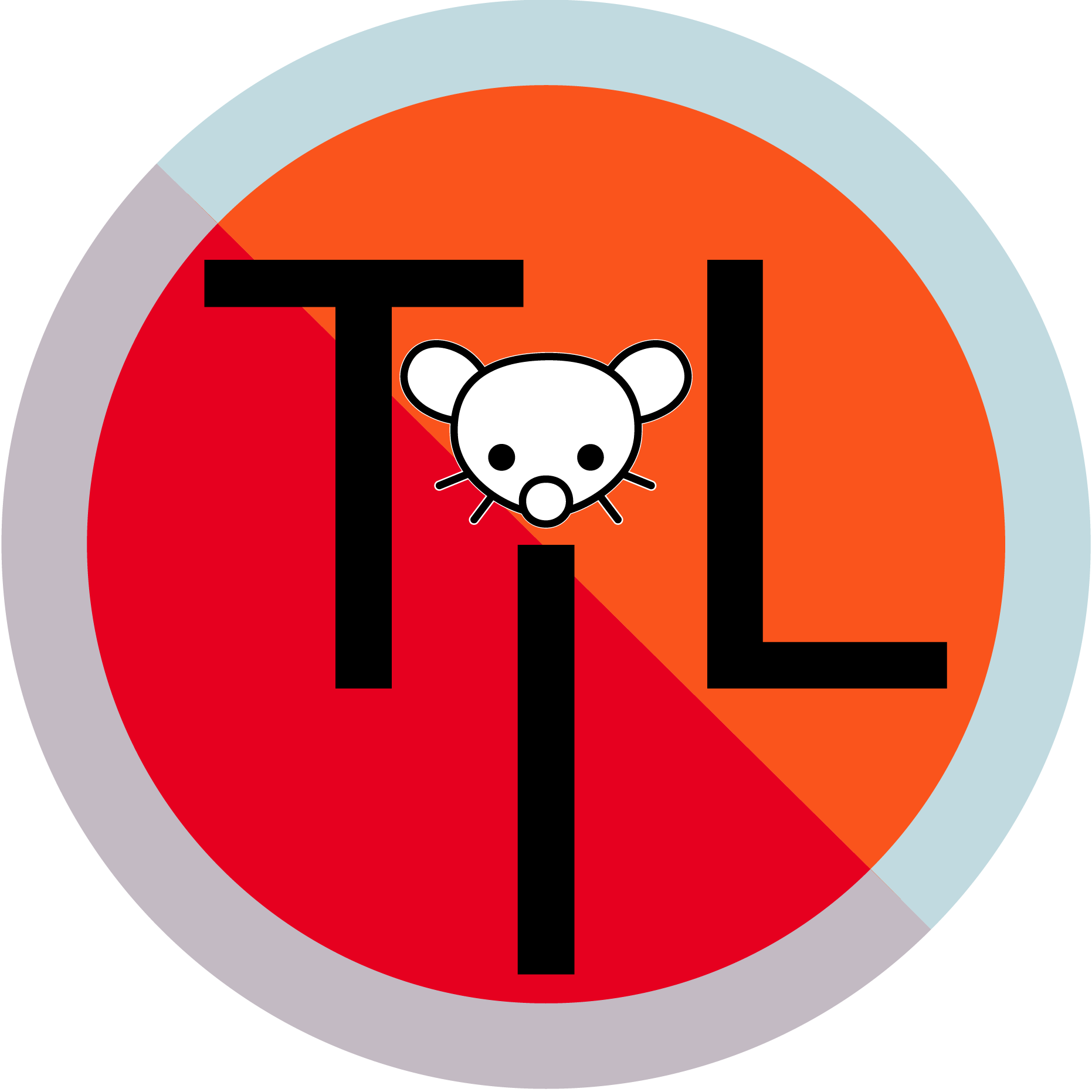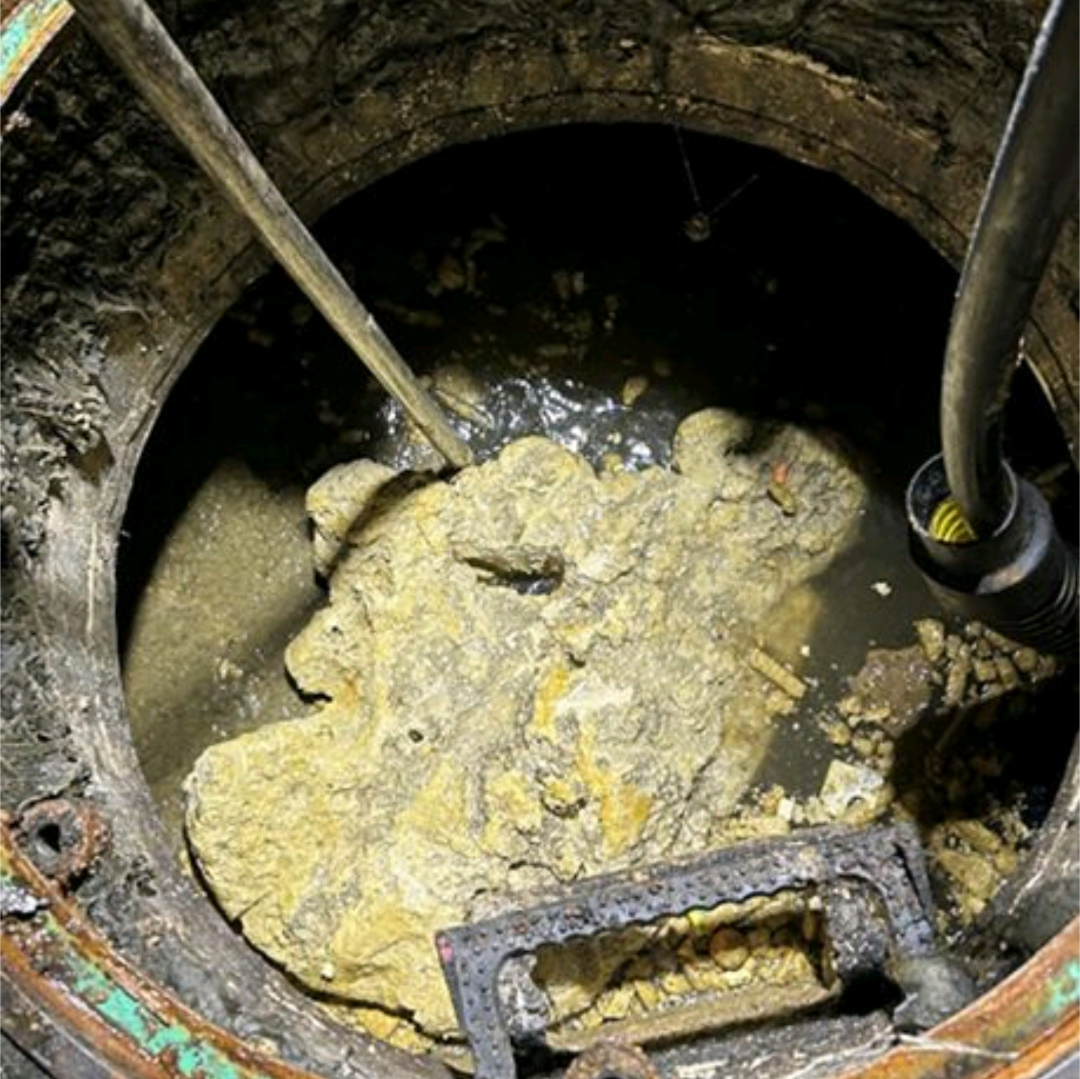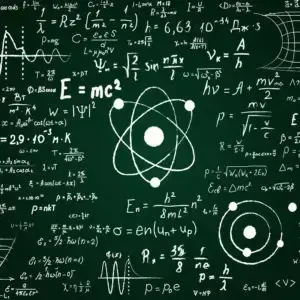

As stated in the article, this isn’t a big problem for communities with centralized water treatment systems, rather for individual homes drinking well water which is contaminated by agriculture.
In a municipal treatment plant you have a few options for removing nitrates including reverse osmosis (membrane filters with very small pores, allowing them to reject very small molecules), ion exchange (swap nitrate with another, less harmful ion), or biological treatment (use microorganisms to turn nitrate into nitrogen gas).
In your home, reverse osmosis is really the only feasible option, which can be expensive to install and costly to maintain. Ideally, some sort of tax on fertilizer would be used to pay for these in house treatments, but that would increase the cost of food.





R with the tidyverse package is amazing once you get over the learning curve. It’s so much easier to simply type a few lines of code then to fiddle with the Excel GUI, plus the ability to customize the plot is much, much better in R.
Yes making a simple plot in Excel is relatively easy, but try making something evening remotely complex and it’s terrible. A box plot is a great example of this, 2 lines of plotting code in R for a basic plot but an absolute nightmare to create in Excel.